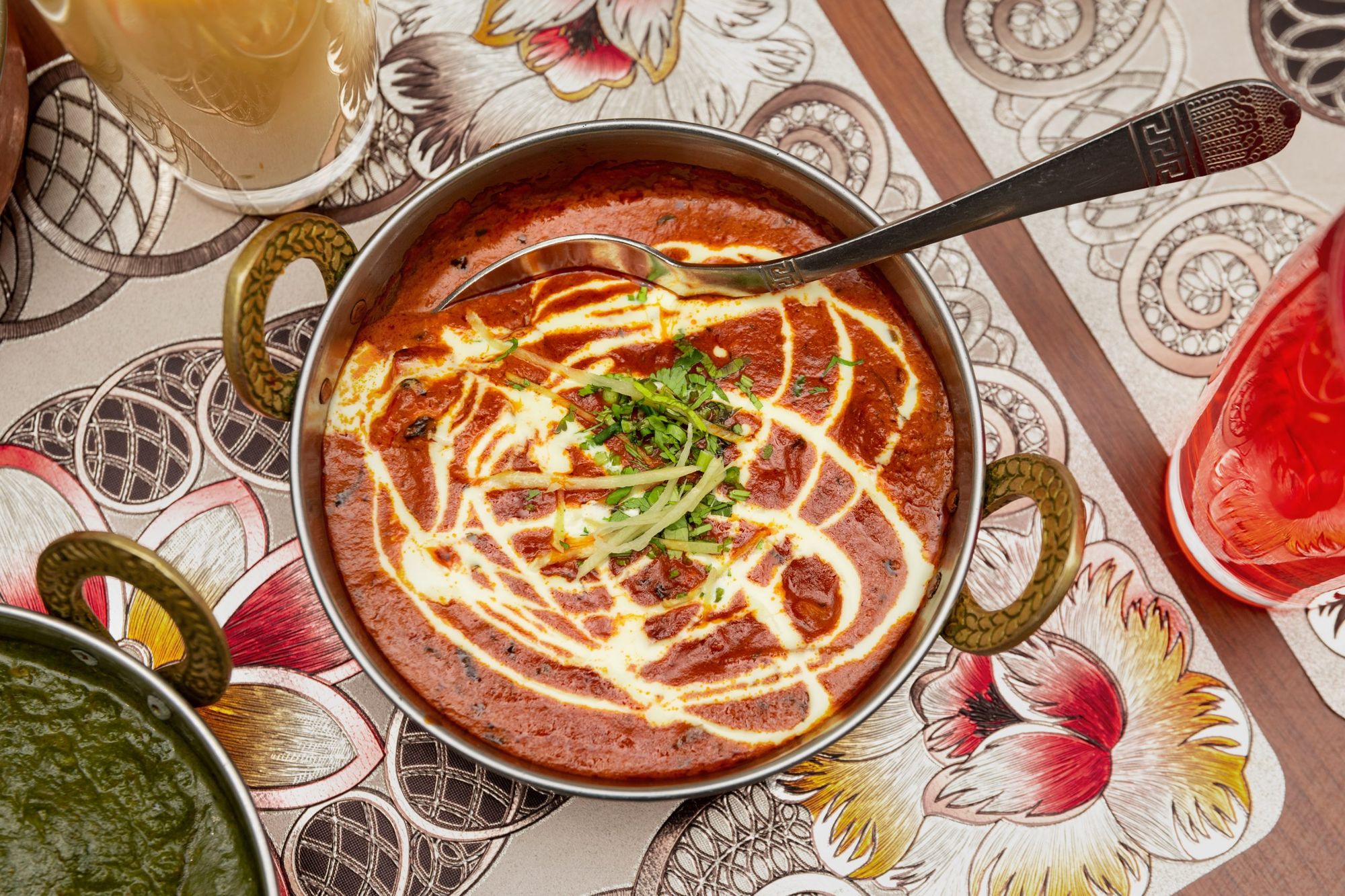Those who once experience India’s unparalleled cultural and gastronomic cacophony can never escape it—but in a good sense. Even though the world’s second-most populous country is far away from us geographically, it is still easy to enter the world of South Asia from across the border, thanks to the Indian people who welcome everyone interested in their culture with open arms and love. Following our visit to the Chinese, Russian and Turkish communities, our next stop is India.
While few of our readers have probably ever been to India (for example, I’ve never been to Asia either), there may be many who wish to do so. This vast country in the southern hemisphere of Asia is very different from what we as Europeans are used to—bustling, noisy, colorful, spice-filled, perhaps overwhelming at times, but magical. I mean, what’s it like to travel or live in a place where more than 19,000 linguistic dialects are spoken (Hindi alone has 13 varieties) and the population is almost one and a half (!) billion? Where skyrocketing economy and severe poverty coexist side by side? And where conservatism, religious and philosophical traditions are strongly mixed with modernism while managing to live together in peace?
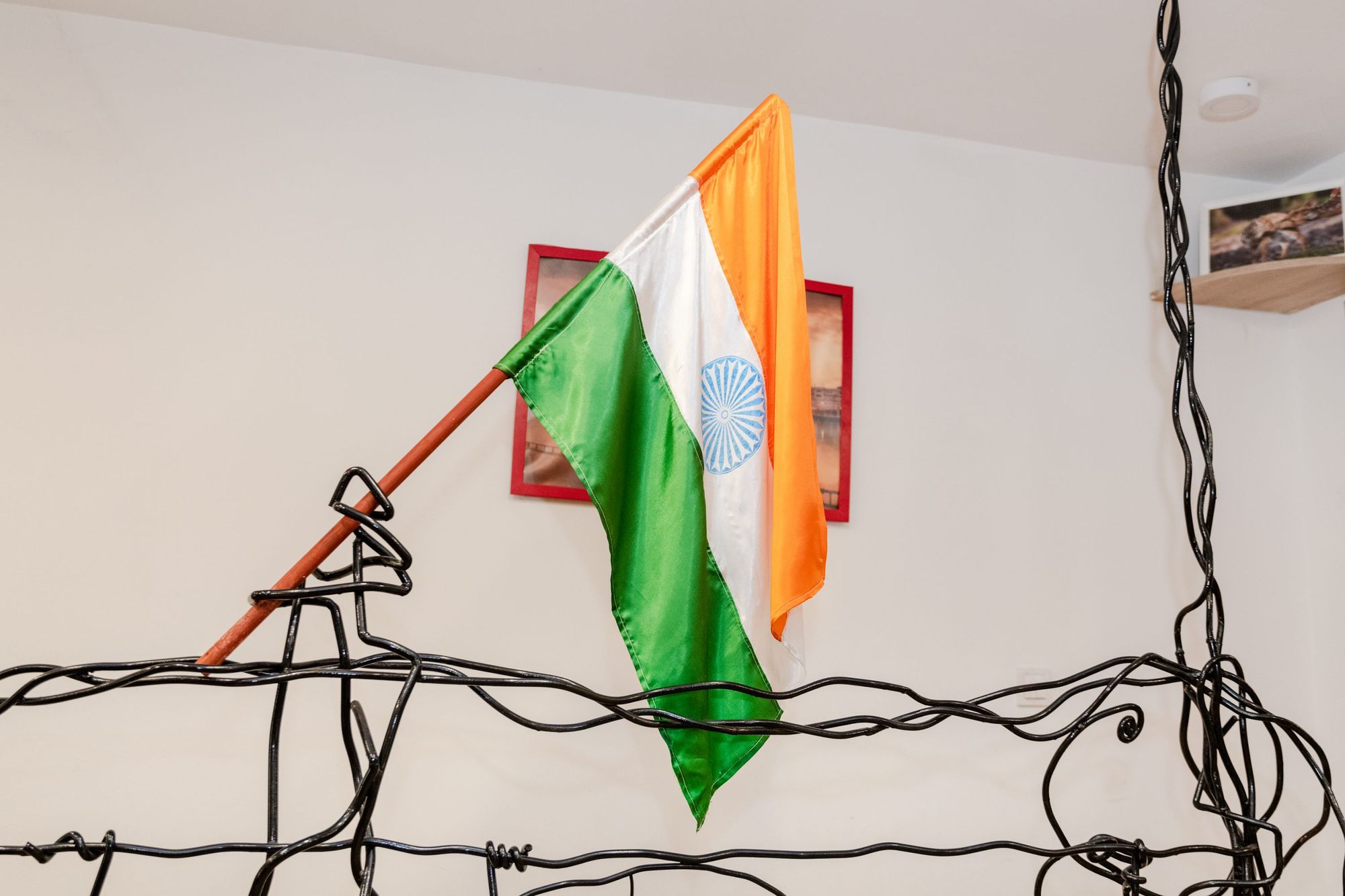
Even if we can’t discover this for ourselves, the Indian people who have chosen Hungary as their new home can tell us about it. They are not so few in number, with probably 5,000-6,000 people currently living here with their families. They first came to the country in the 1990s, mostly men (less of them with wives), to work in the factories here. They were not necessarily destined for our country, just Europe, and in fact, they stayed wherever they were welcome. As they grew in numbers, they began to develop a community and a suitable living space. Although they assimilated (even through mixed marriages), they missed aspects of their culture (religion and gastronomy, for example). Indian beauty parlors, medical centers, churches, and religious centers also appeared as time went on.
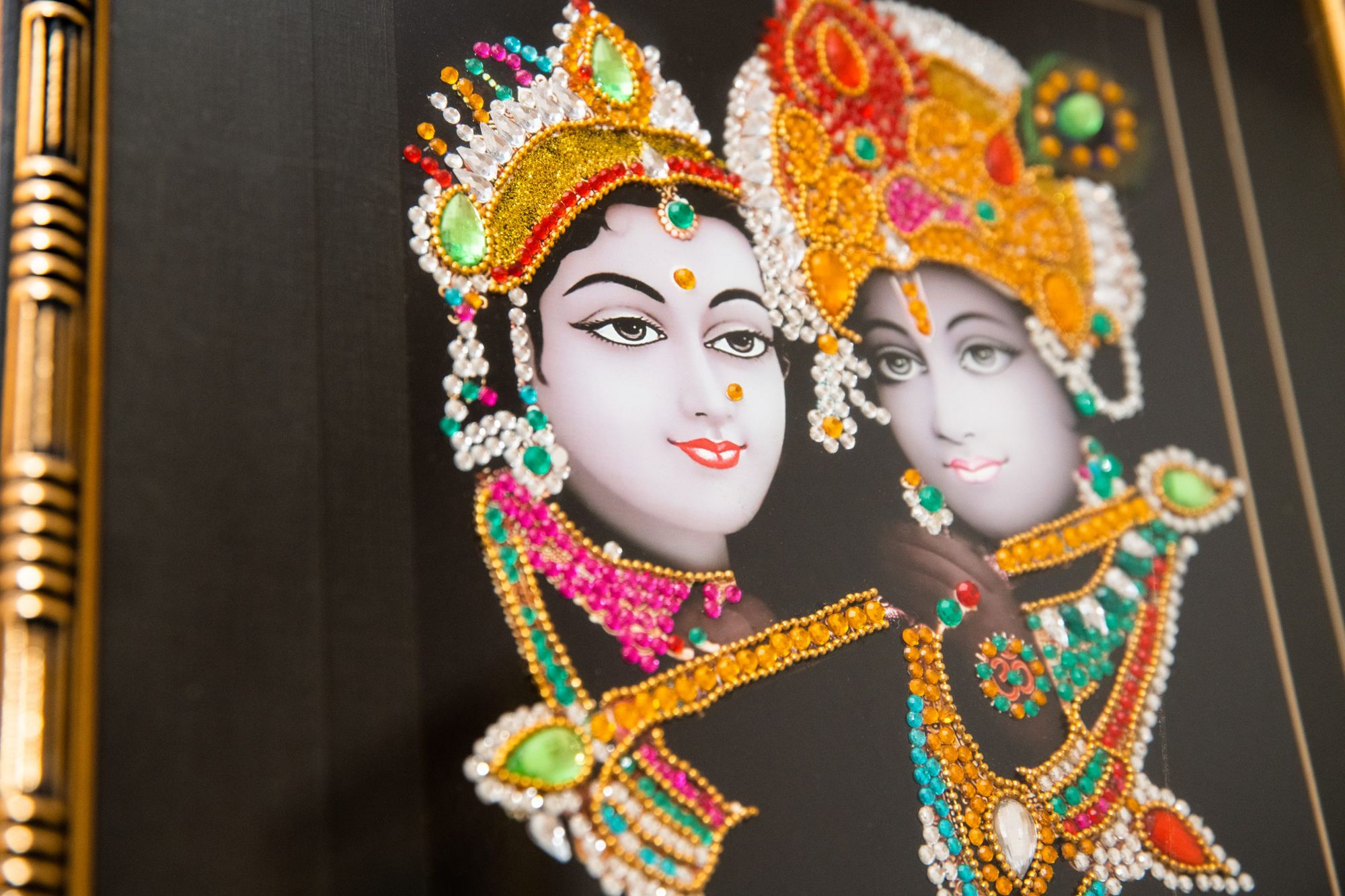
Opening up to us was also helped by forming the Magyarországi Krisna-tudatú Hívők Közössége (Community of Krishna-Believers in Hungary), as part of the international ISKCON. The church was registered in 1989, when Sivarama Swami, daughter of the religion’s founder Abhaj Charanaravinda Bhaktivedanta Swami Prabhupada, could enter the country without an incognito. In ’93, she found a 260-hectare site in Somogyvámos for her believers, an ideal area for a rural center for self-sufficient farming. (Krishna Valley now has a consecrated church and 150 residents, as well as an organic farm, bakery, apiary, cowshed, and in 2004 a temple was consecrated on Csillaghegy called the Palace of the Soul.)
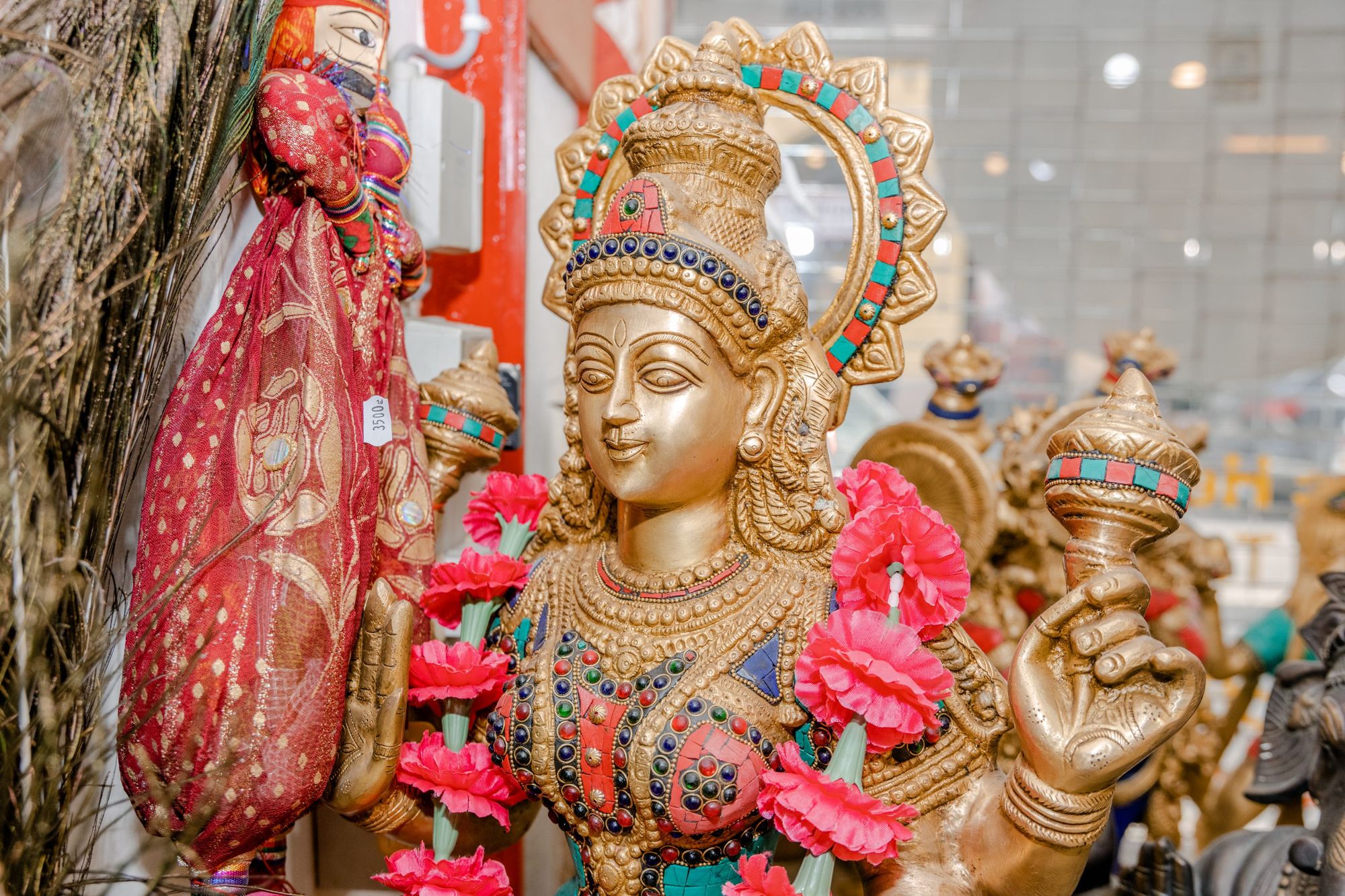
The presence and popularity of Indian culture in the country are still undisputed. ELTE has an Indology Department, and the Embassy’s Cultural Center organizes a wide range of dance and music events for those interested. Relations between the two countries are very good, with many Indian giants having invested in Hungary or set up branch offices here, and there are still many guest workers. There are also many students, but the exchange goes back and forth, as many young Hungarians are also enthusiastic about Indian culture. Although they like to live in community, those living in Hungary do not stick together as closely, they tend to meet only on religious holidays (for example, at Diwali), but of course, they know about each other— their hospitality can be experienced by anyone who walks into an authentic shop or restaurant. Thanks to their cohesive power, meals play a central role in their lives.
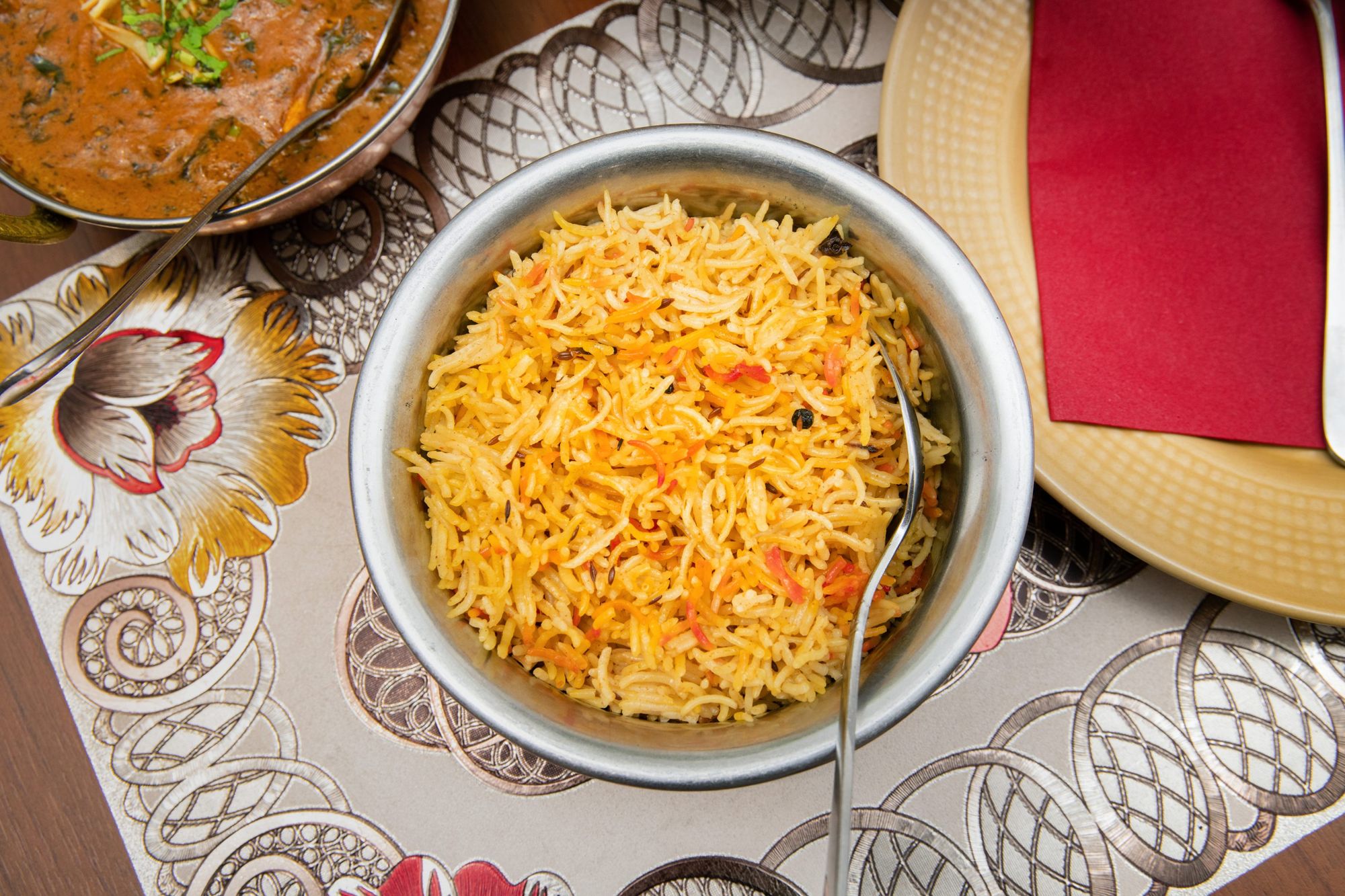
It would be pretty challenging to summarise in a few sentences what characterizes their gastronomy, given that there are almost 40 regions. What they all have in common is the frying spices in ghee, which is clarified butter, the use of onions, Roman cumin, coriander, curry leaves, turmeric and ginger, the consumption of various kinds of stews, curries, flatbreads, rice dishes (such as biryani-s, that are, dishes cooked with fried rice, meat, seeds, dried fruits and vegetables). (It is important to note that powdered spice mixtures are not traditional, as it was first produced by the British East India Company and then spread throughout Europe, just like the general concept of “curry”). Hindus don’t eat beef, since cows are sacred animals, but pork is not common either, instead, they use chicken and mutton, as well as fish and crab in the coastal states. Many of them are vegetarians (about 1/3 of the population), and dairy products (cream, yogurt and paneer, or milk cheese) are very popular, which also help to soften the heating effect of the spices.

In the northern region (Punjab, Uttar Pradesh and Haryana), leavened and unleavened bread and tandoori oven-baked foods are common, while in the south (Andhra Pradesh, Telangana, Karnataka, Kerala), lentils and rice are popular. The regional flavors here are more acidic, thanks to tamarind, for example, and sweeter because they cook with more coconut milk. West India is drier and more desert-like, therefore, instead of fresh vegetables, they serve pickles in oil (achar), and in the Mumbai and Goa areas, very spicy dishes or those made from fish and crab are more frequent. Rice and fish are the main features in the east, hence lighter recipes. Using spices and other ingredients not only has an enjoyment value but also serves as an important tool in Ayurvedic medicine.
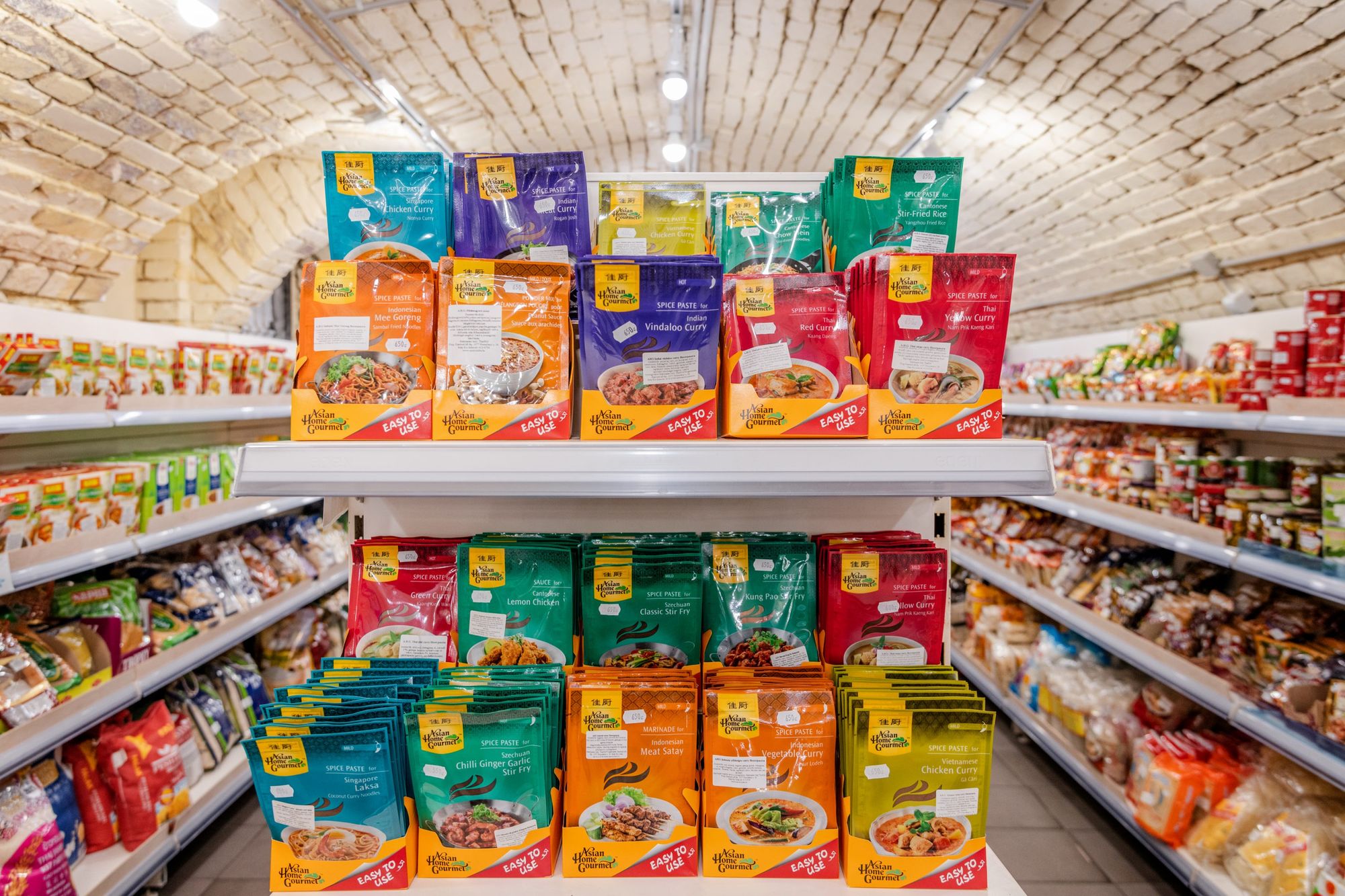
If you want to taste an authentic dish in Budapest, the task is easy on one hand and difficult on the other. Easy, because there are about 25-30 restaurants open to the hungry public, difficult, because there are many places where you can get “dumbed-down” dishes, adjusted to Hungarian taste, just like döner kebab shops or Chinese buffets. Of course, a little bit of softening never hurts since even Hungarian taste buds trained on red peppers can get beaten by a hotter stew, but the fact is that you have to choose carefully. In my quick opinion poll, most people highlighted Punjab Tandoori restaurant on Pannonia Street, but the Taj Mahal and Indian Palate are also popular, as are the two Indigo units, Salaam Bombay and Curry House, and many people also like fusion places like Good Karma and Pingrumba.
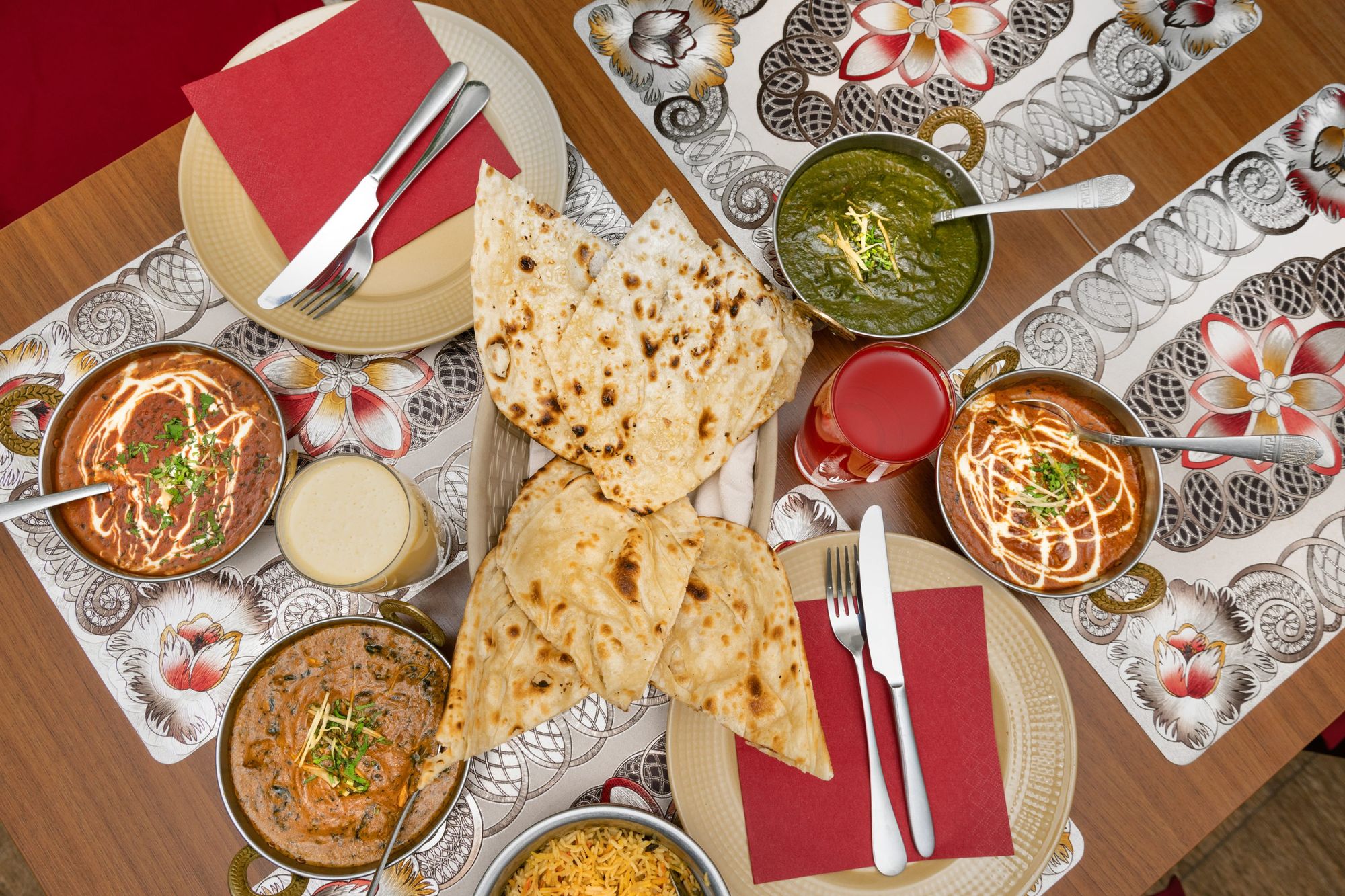
The story of Punjab Tandoori didn’t start today. Ranjeet Kumar came to Hungary in 1994—having broken out of family poverty to become a chef, his enthusiasm and perseverance took him to the kitchens of New Delhi’s five-star hotels. The embassy helped him get to Hungary, and while working there and in various restaurants, he dreamed of his own place for years. In 2004, he and his Hungarian wife finally opened Punjab, with spicy, warming dishes from the northern region and a 600°C tandoori oven. Their success has been unbroken ever since, with a strong regular clientele, so much so that they could expand the restaurant’s interior during the pandemic. Very popular dishes include buttered or cashew-grilled Malian methi chicken and palak paneer (spinach cheese), but the dhal makhani, known as the queen of lentils, the turmeric-cumin rice or pulao, and the homemade naan bread are not to be missed either.
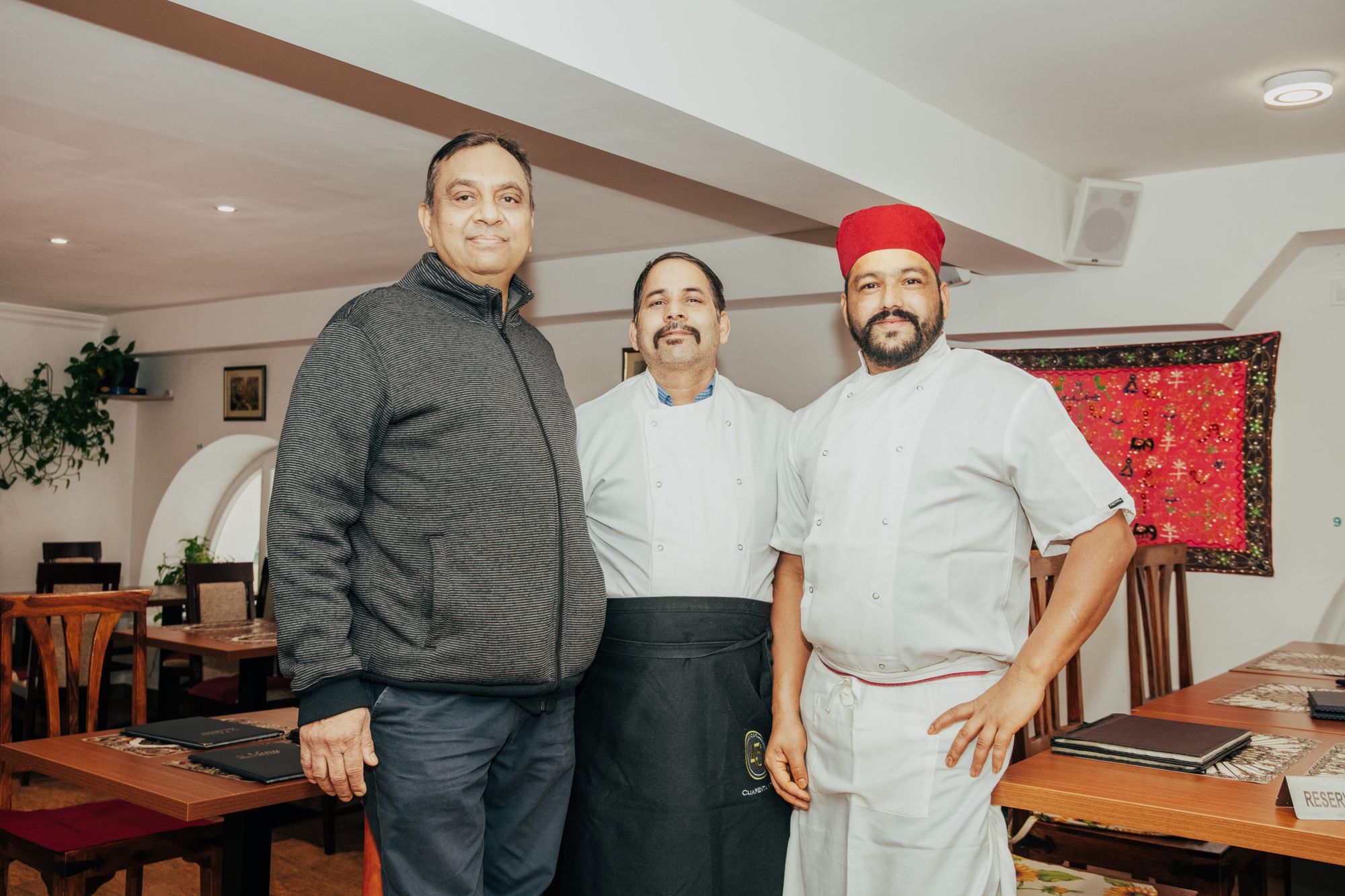
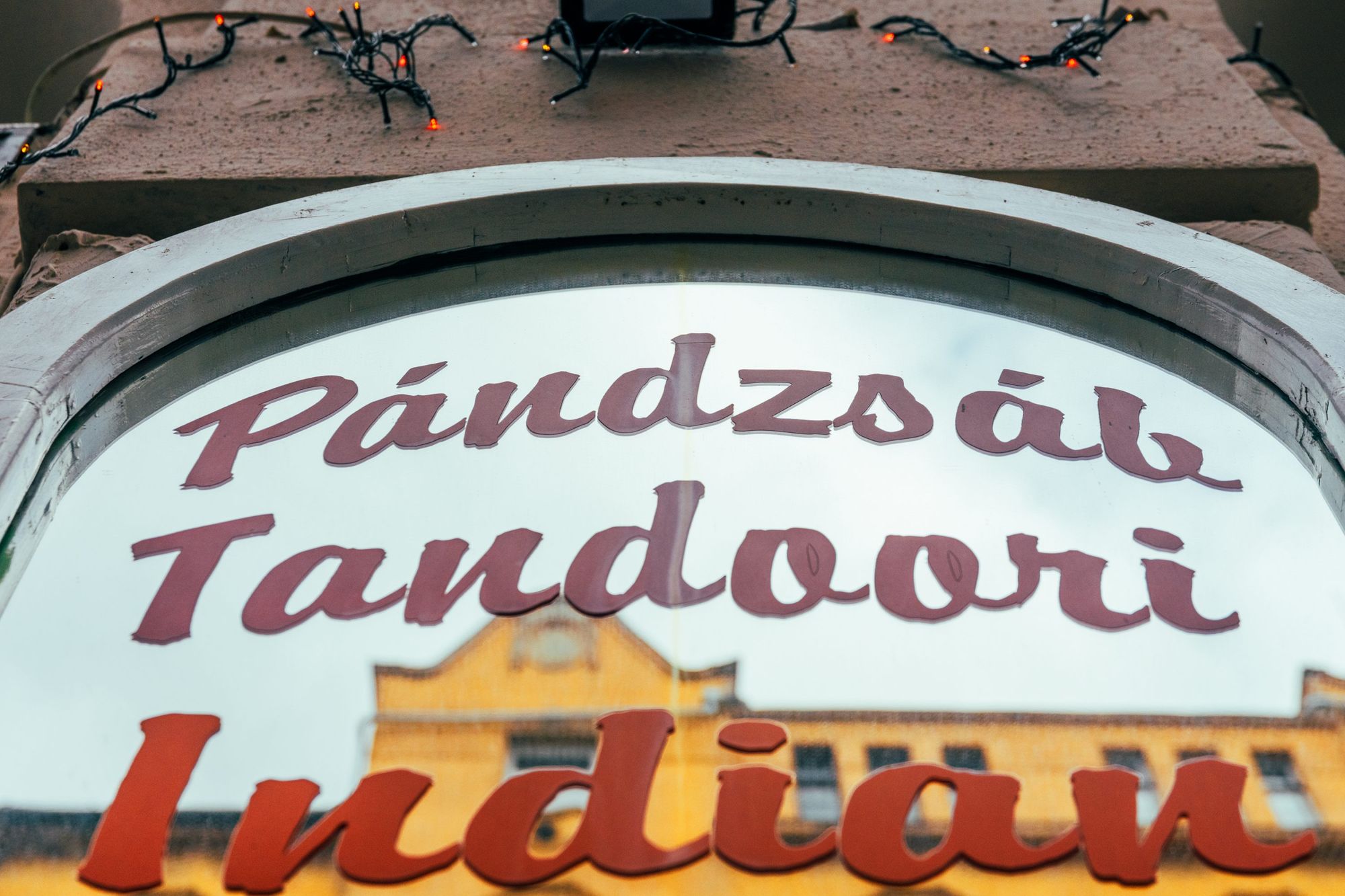



The BOMBAY Budapest in Október 6. Street is the other pole: cosmopolitan, modern, with a sense of luxury, it is a real jewel of the city center. Although not previously involved in gastronomy, the owners have been living in Hungary for 20 years and the Indigo restaurants can be linked to them as well. They wanted to show what’s beyond tradition, so they dreamed up a place where creativity could find a home. All of the 12 chefs are from the province of Goa, and the head chef, Radha Krishna, has a distinguished fine-dining background. The dishes are experimental and bold, but also very thoughtful—tiger prawns meet coconut milk and coriander in a winning combination, lamb chops are still sizzling when they get to the table, butter chicken is extra creamy from the burrata, and even the beetroot halwa chosen for dessert has a few twists. It’s also worth stopping in for a coffee or a drink because, as with everything, attention has been paid to these details, too, not to mention the strong cocktail selection.
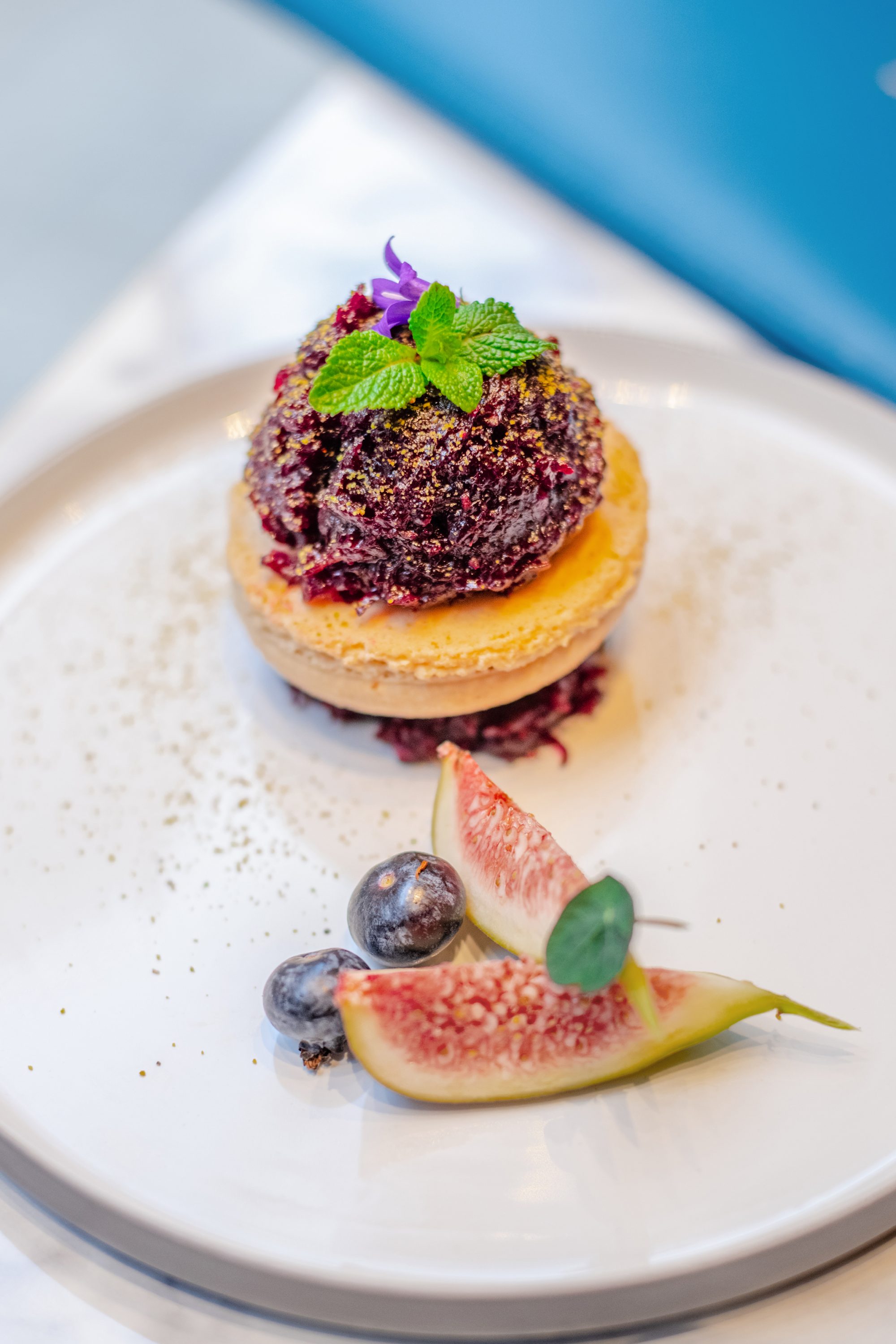
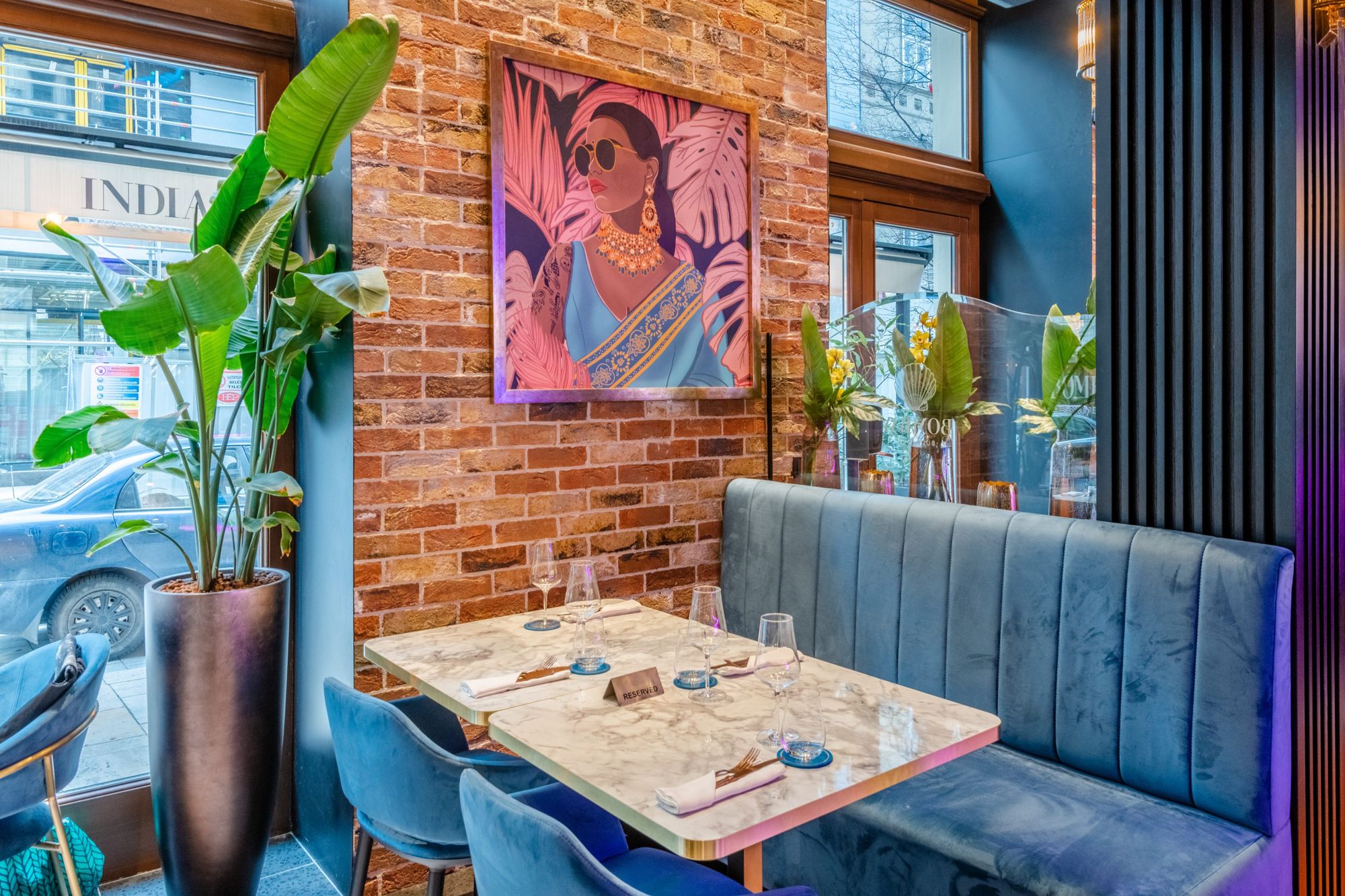

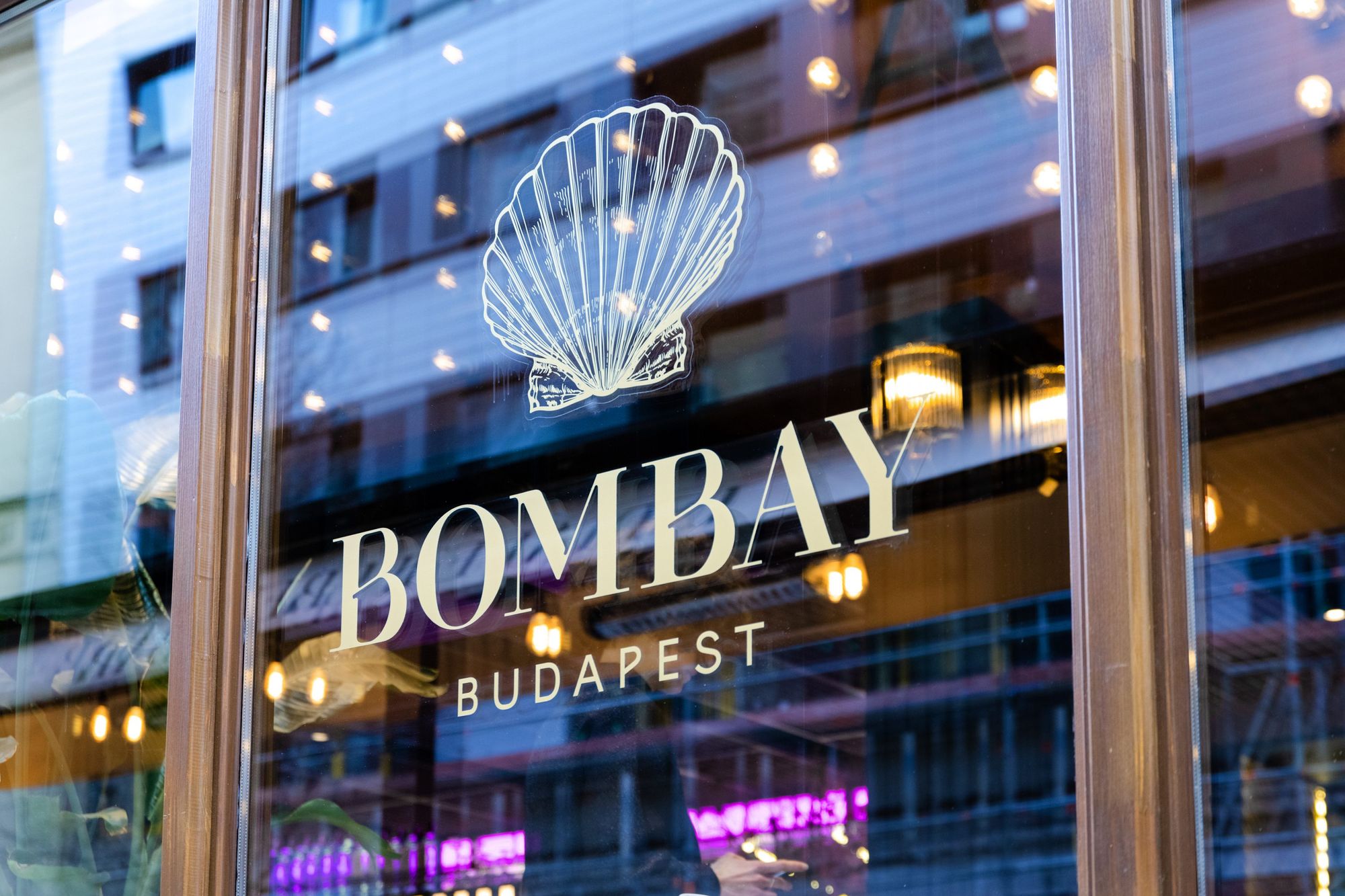
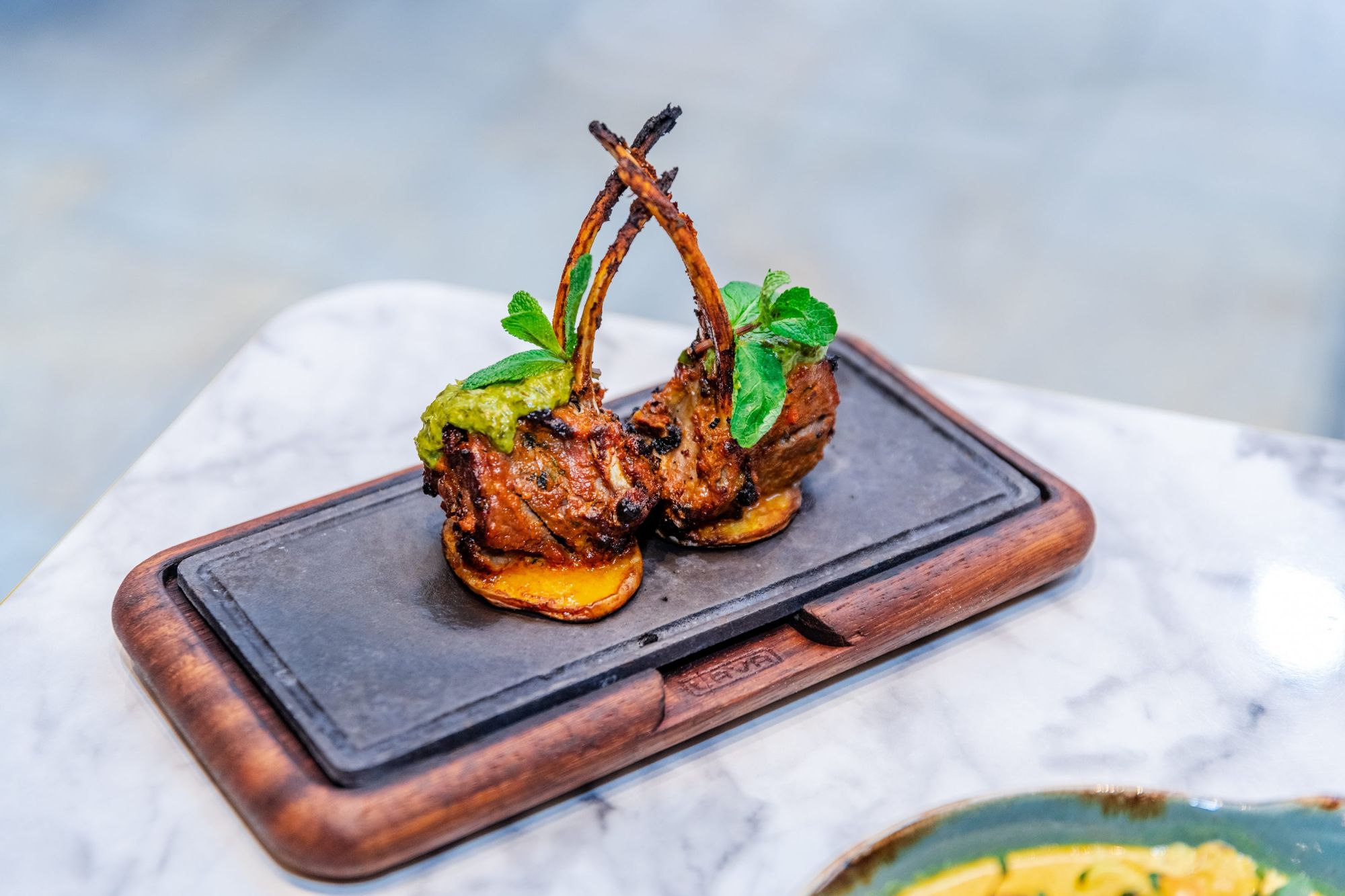
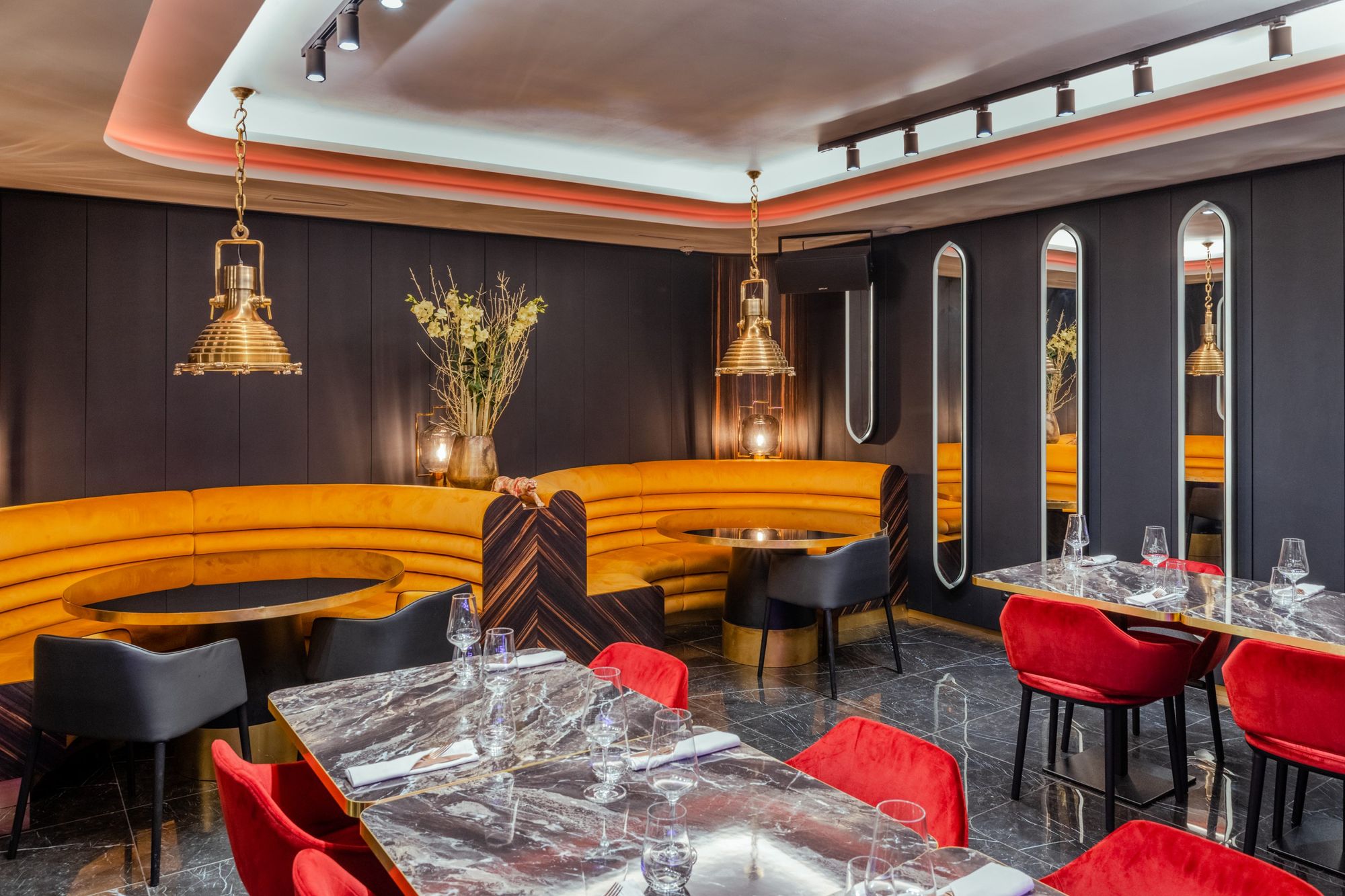

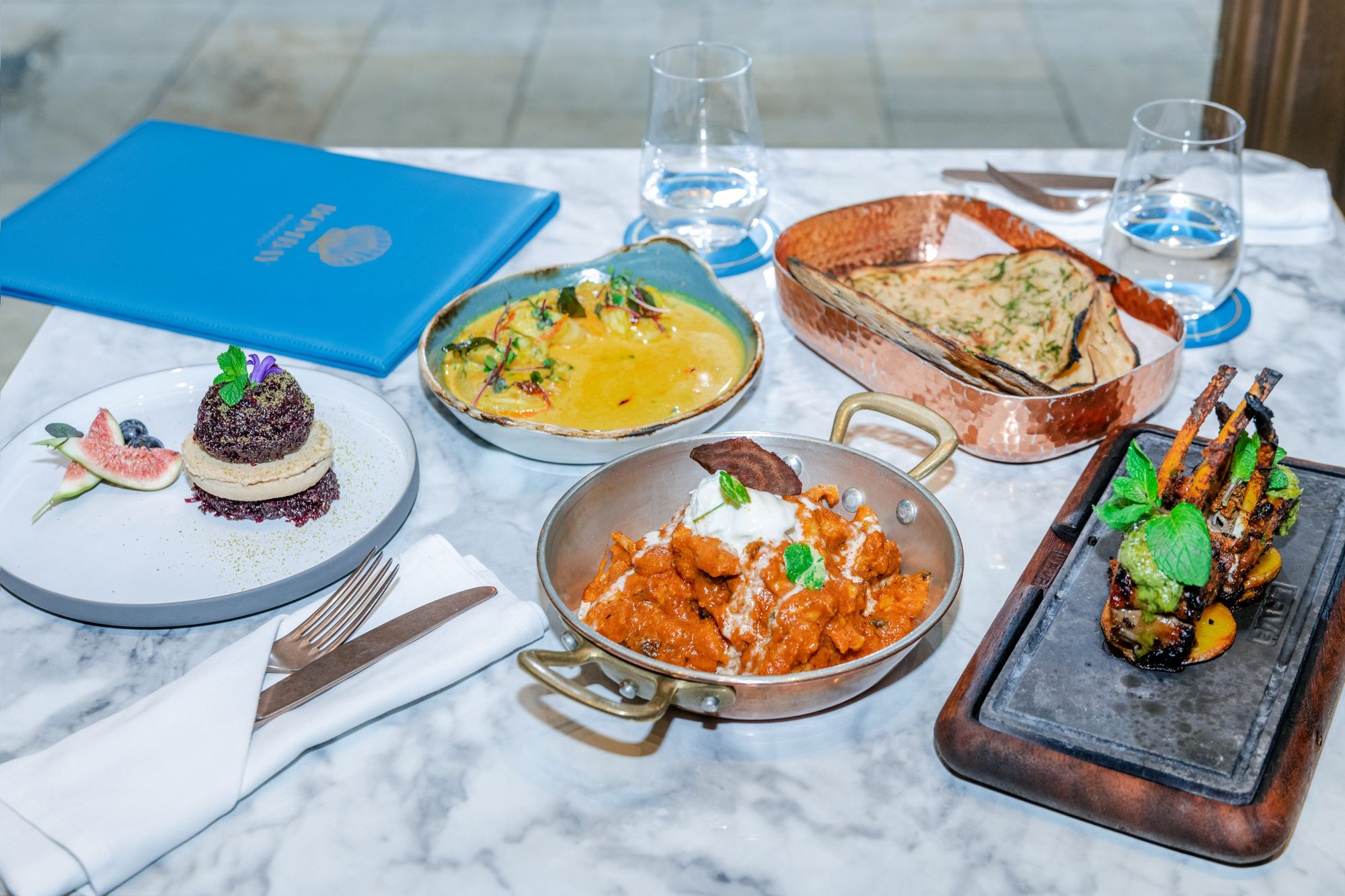
But there is no Indian food without ingredients. Szép Kis India on Wesselényi Street was opened in 2002 by a lovely couple, Santosh Sharma and his wife Kamlesh Sharma, initially as a souvenir shop selling essential oils, incense, decorations and clothes. But the assortment has grown steadily and, of course, so has the demand, that today there is an incredible selection of products from South East Asia, the Far East and even Africa. Of course, they also supply many restaurants across the country, which is no coincidence. You can buy here all existing lentil types, from urad dal to red lentils, surrounded by an endless cavalcade of pastes and spices, you stock up on rice, chutneys and flatbreads, even in large quantities, they have paneer and gulab jamun in the fridge, but you can also buy fresh and frozen vegetables (plantain, okra, yam root), not to mention the exciting snacks. When you enter, don’t be fooled: turn right, go down the stairs and your jaw will drop, and if you get stuck, feel free to ask questions, they’ll help you.


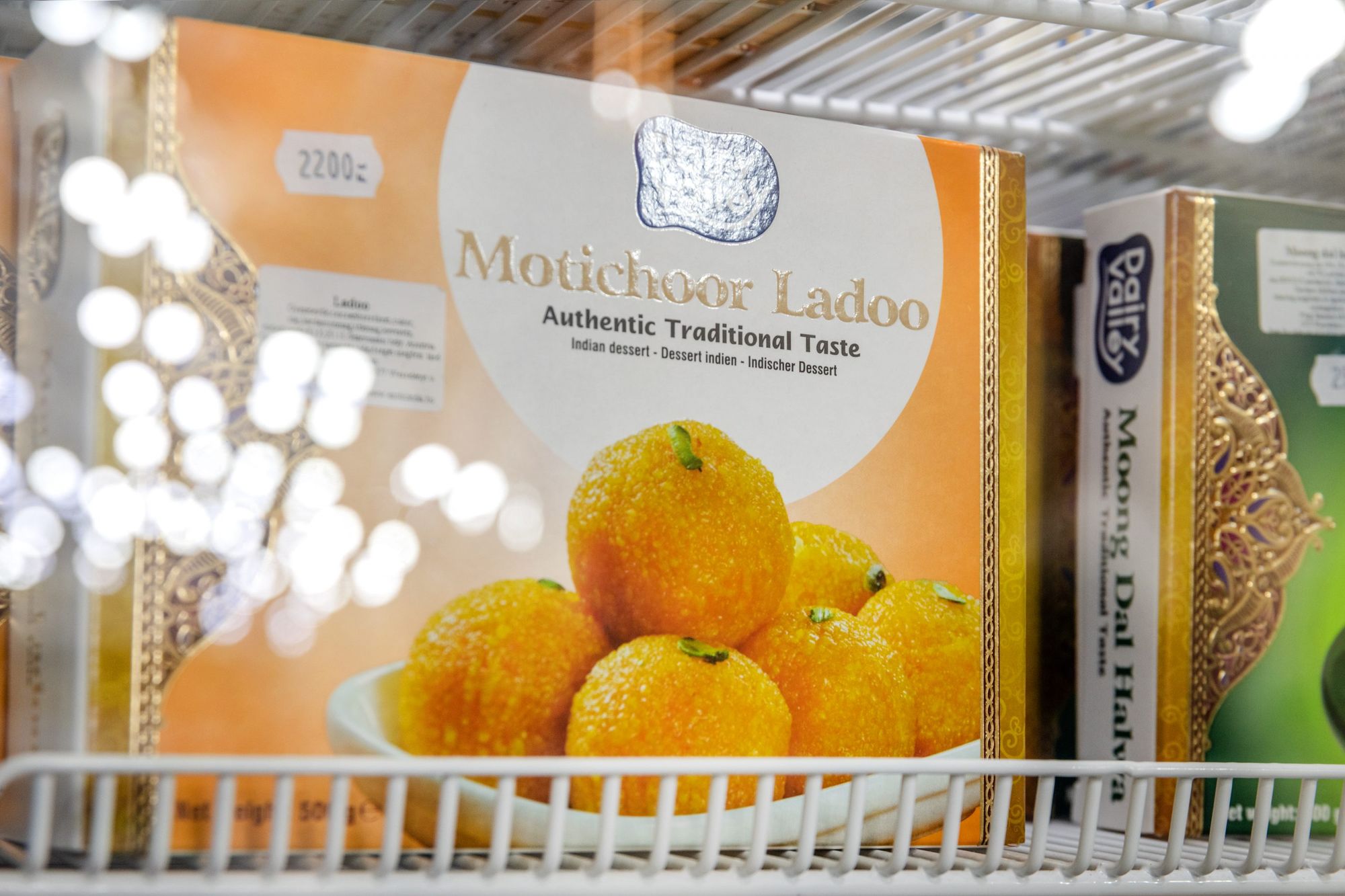
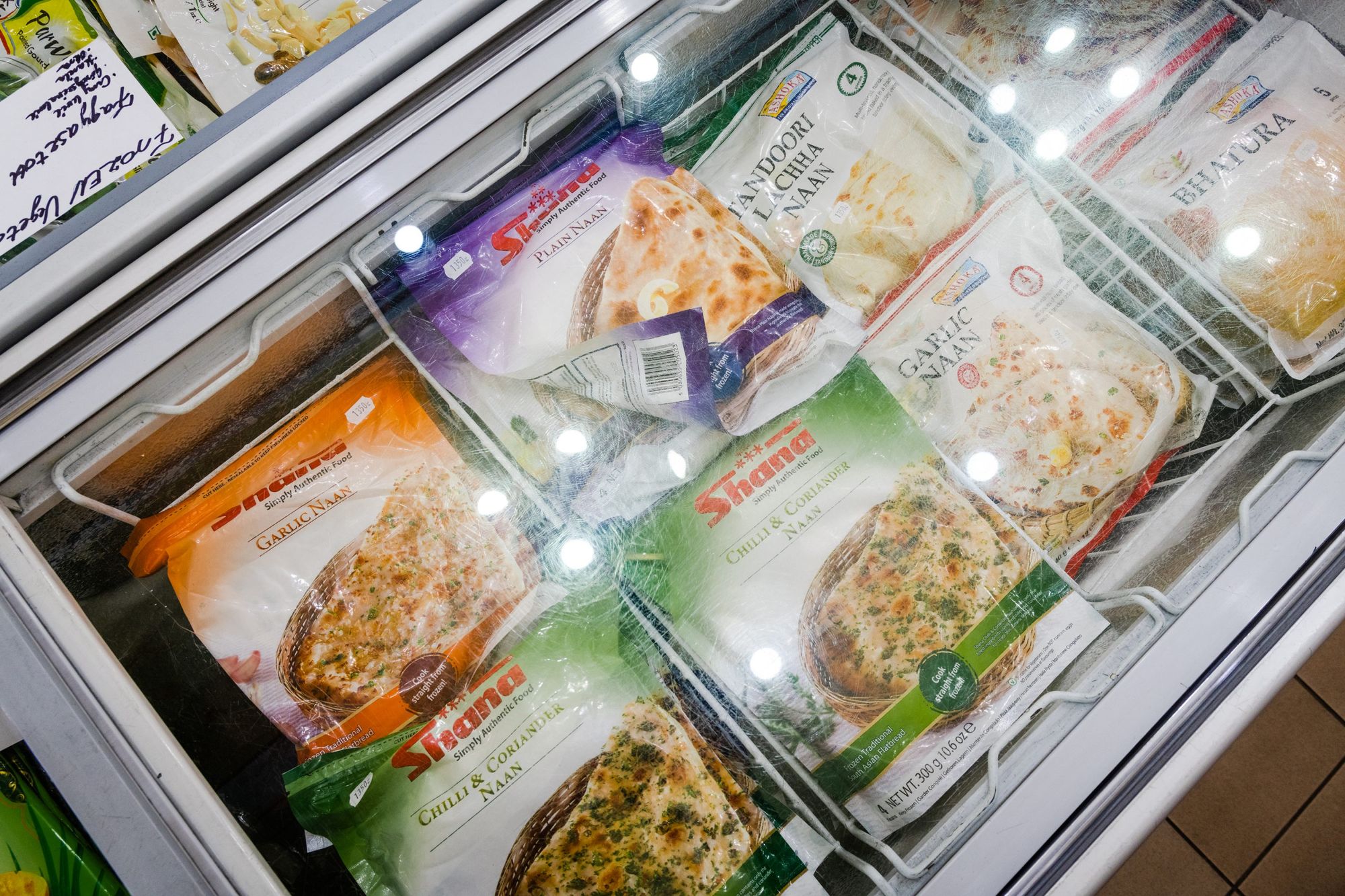
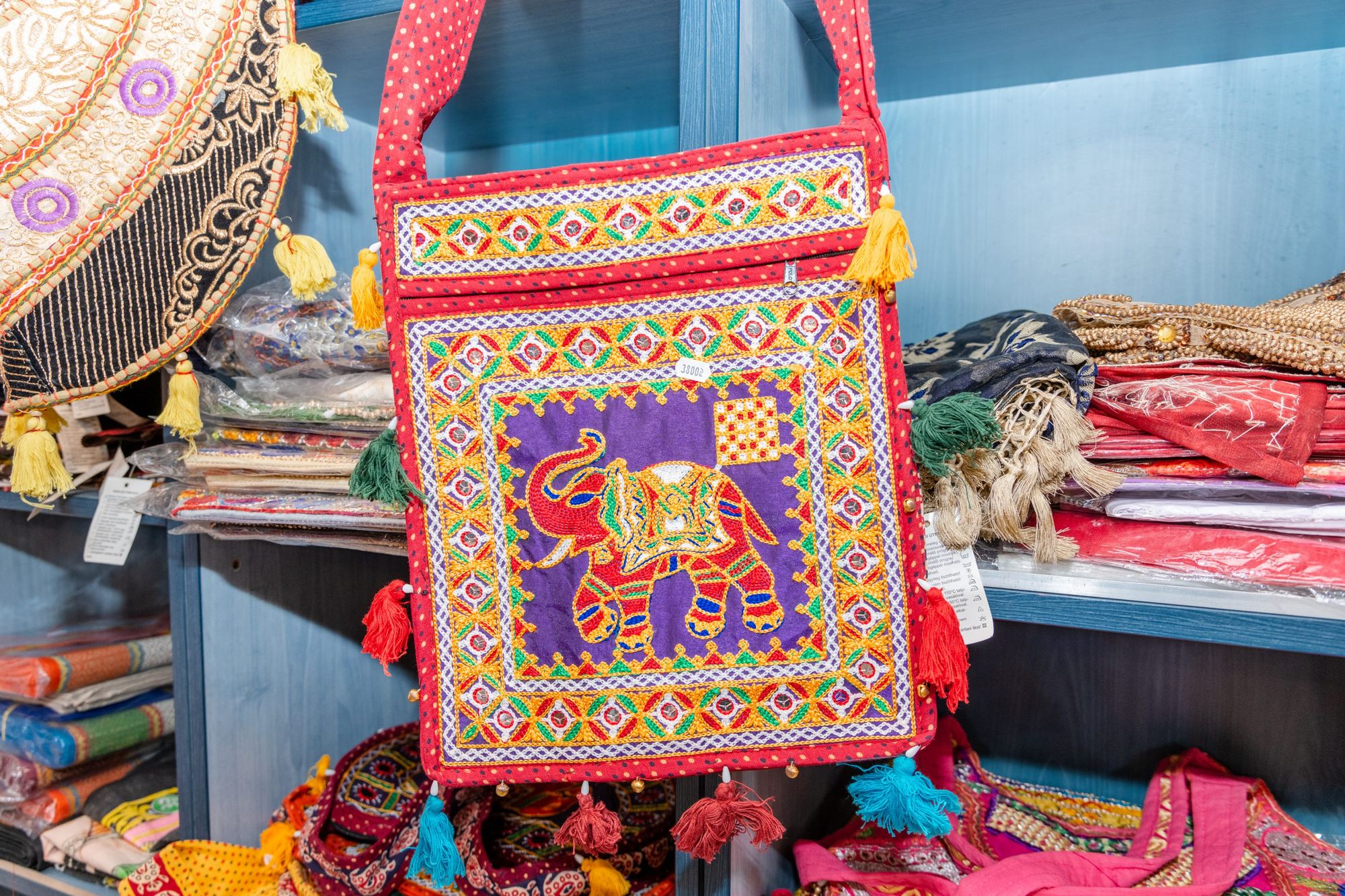
As always, I also needed an insider: my helper in writing this article was Dhanya Seshan. Dhanya has been living in Hungary for 12 years—she previously spent extended periods in France and Switzerland, and is originally from Kerala. She is currently the vice-director of the International School of Business (the high school belongs to her) and has a degree in science and business management, but has also taught English and is currently doing a Master’s at Harvard. A zest for life, professionalism and a holistic approach are present in both her work and her personal life and shine through her personality—she considers Hungarians to be open and friendly and she is very interested in our language, also because of her teaching practice. As he says, we have more in common than we think—judging by how much we enjoy food and eating together, I have to agree with her.

Photos: Krisztina Szalay
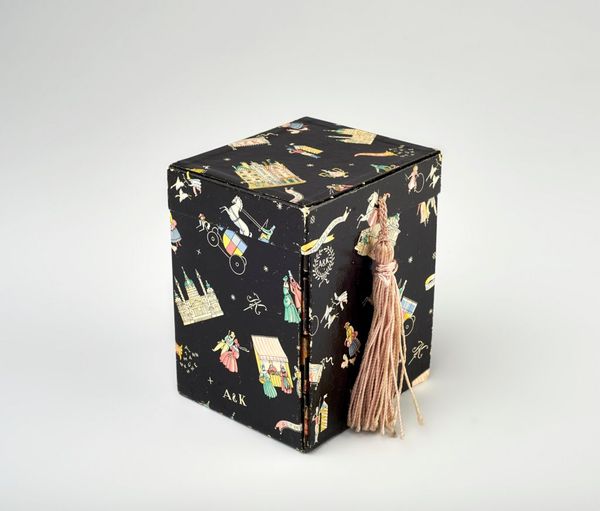
Without her, we would have had a much emptier childhood. In terms of storybooks, at least. | The legacy of Kató Lukáts
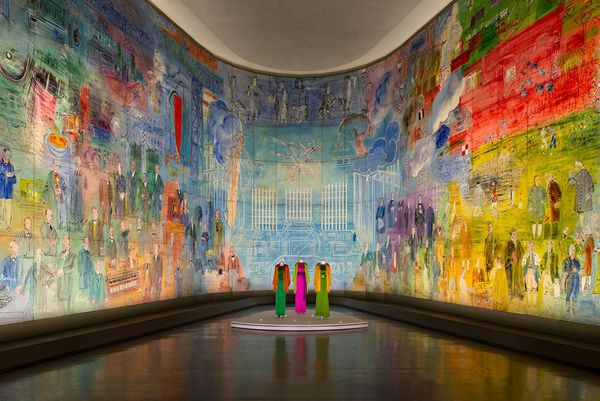
The six most prestigious museums in Paris present the iconic work of Yves Saint Laurent










